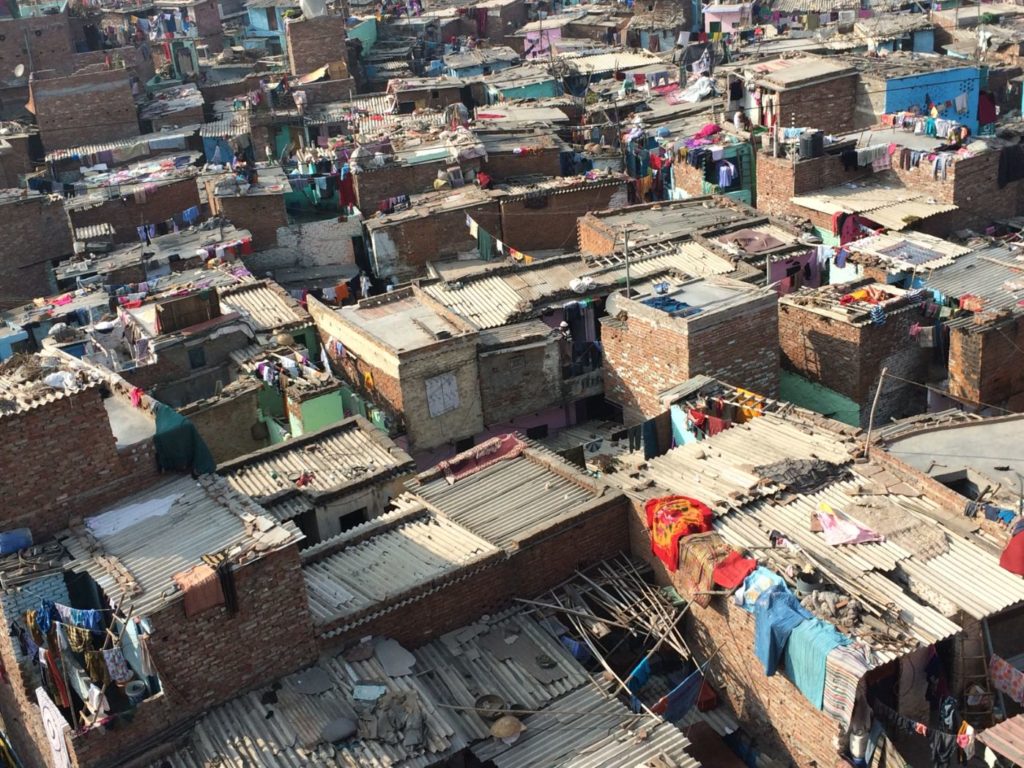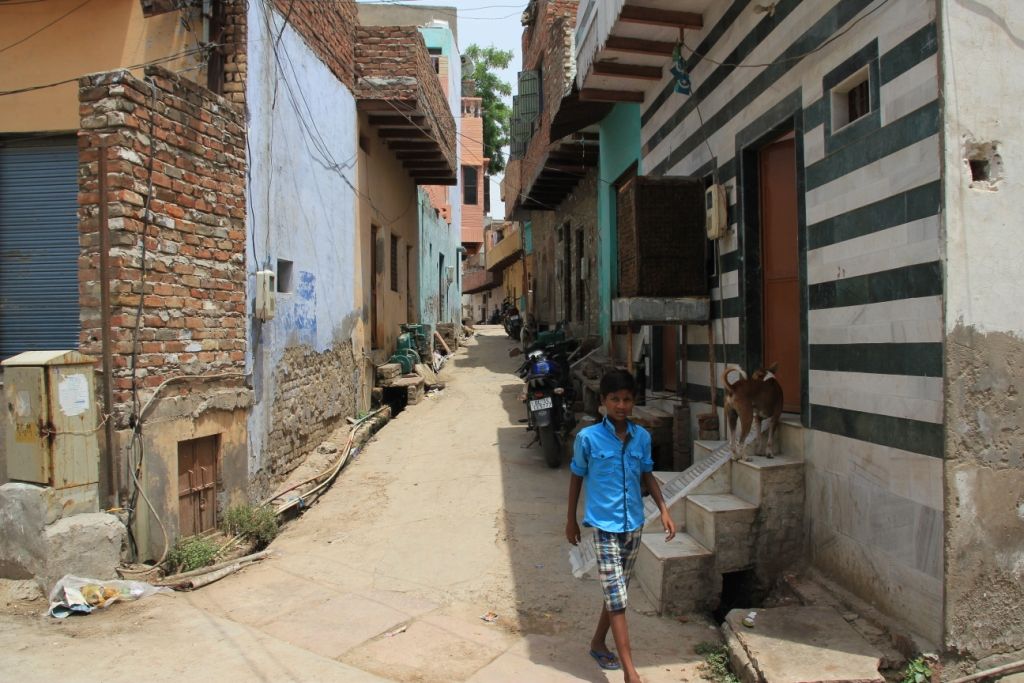Taj Ganj Visitors’ Center





finding new ground beneath and new perspectives above
images & drawings courtesy archohm
Families living in Taj Ganj practice several household craft traditions – marble inlay, zardozi, leather artifacts and so on. However, the excessive focus on the Taj Mahal seldom leaves tourists with patience, energy or interest in visiting and engaging with these creative domestic industries. A one acres site, less than 100 M from the East Gate of the Taj complex, offered the opportunity of gathering tourists and orienting them towards Taj Ganj. The proposed Visitors’ Center, as a program to integrate local livelihood with tourism, was the result of a workshop in Washington between archohm, the World Bank, the Smithsonian Institute and the World Monument Fund.
The proposal comprises of a low-key, two-storey cuboid with 6m structural grid, and a truncated pyramid surrounded by courtyards. While the cuboid is aligned to the south-east boundaries of the site, the pyramid is placed diagonally – its axis of symmetry orienting towards the Taj Mahal. The entire complex is sunk into the ground by one floor; the orientation of the green sunken square is cardinal. This lowering of the datum helps addressing two problems: one, the architecture is scaled down as an urban gesture of respect towards the world heritage site; and two, it saves on the expense towards building foundations since the natural ground was about a floor below before being filled up and retained by a solid RCC boundary wall for reasons best known to UPRNN.
The tourist facilities are accommodated on the ground floor of the cuboid, while its lower level houses multipurpose workshop and training spaces and the Taj Gunj Heritage Cell. The pyramid acts as a gallery showcasing Taj Ganj’s crafts. The Terrace is the space of connecting with Taj Gunj and the Taj Mahal visually and experiencing the dramatic tension radiating from this urban context which includes a world heritage monument, a dense built fabric and the urban forest.
The institution did not see the light of day due to stiff and opaque heritage protection policies which officially allow no development within 100M of the Taj. Informally, however, life goes on, disfiguring the fragile neighborhood for lack of acknowledgement & care.











 malkum
malkum